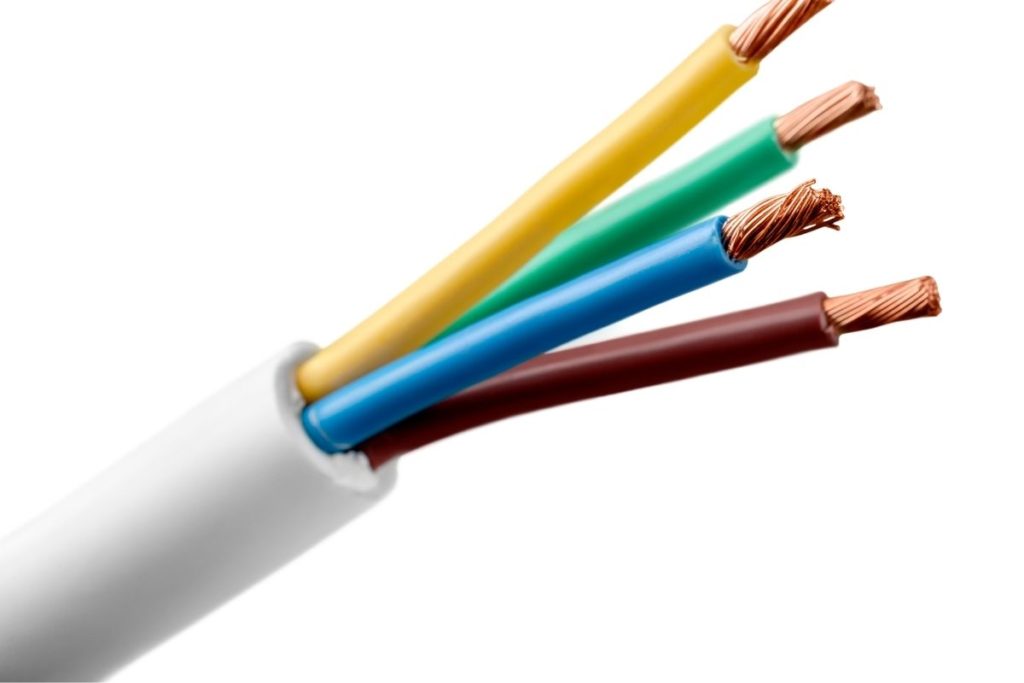
In recent years, smart thermostats have revolutionized home climate control, offering convenience, energy efficiency, and cost savings. However, many homeowners face a common challenge during installation – the need for a C wire. But fear not! In this article, we’ll delve into the world of smart thermostats that do not require a C wire. From how they operate to their advantages and limitations, we’ve got you covered.
Smart Thermostat C Wire Not Required: Explained
Let’s explore the concept of smart thermostat c wire not required to function effectively.
What is a C Wire, and Why is it Important?
Before we dive into C wire-free thermostats, let’s understand the C wire itself. The “C” stands for “common,” and it provides a constant 24-volt power supply to the thermostat. While it plays a crucial role in powering traditional thermostats, many modern smart thermostats are designed to operate without one.
Working Mechanism of C Wire-Free Smart Thermostats
C wire-free smart thermostats utilize alternative power sources and innovative technologies to function without a dedicated C wire. These devices are powered by battery, kinetic energy, or utilize power-sharing techniques with existing HVAC systems, making them versatile and easy to install.
Advantages of C Wire-Free Smart Thermostats
C wire-free best intelligent thermostat offer several advantages that make them appealing to homeowners:
- Easy Installation: Since they don’t require a C wire, installation becomes a breeze, eliminating the need for extra wiring work.
- Flexibility: Homeowners can install these thermostats in a wider range of locations, offering more control over their home’s climate.
- Energy Efficiency: With power-sharing or battery-operated options, these smart thermostats can still function efficiently, helping you save on energy costs.
- Compatibility: C wire-free smart thermostats are often compatible with a broader range of heating and cooling systems, making them a versatile choice.
- Smart Home Integration: Most C wire-free smart thermostats are designed to seamlessly integrate with popular smart home platforms, allowing for easy control through voice commands or mobile apps.
Limitations of C Wire-Free Smart Thermostats
While these thermostats offer numerous benefits, they do have some limitations worth considering:
- Battery Replacement: Thermostats powered by batteries may require periodic replacement, depending on usage, which can be a minor inconvenience.
- Power Source Dependency: Kinetic or power-sharing thermostats still rely on external power sources, making them vulnerable during power outages.
Installing a C Wire-Free Smart Thermostat: Step-by-Step Guide
Now that you understand the advantages and limitations of C wire-free smart thermostats, let’s walk through the installation process:
- Step 1: Gather Tools and Materials
Before beginning, gather the necessary tools and materials, including the smart thermostat kit, a screwdriver, wire connectors, and batteries (if required).
- Step 2: Turn Off Power
Always turn off the power supply to your HVAC system at the circuit breaker before proceeding with any installation work.
- Step 3: Remove Old Thermostat
If you’re replacing an existing thermostat, carefully remove it from the wall and disconnect the wires. Keep track of the wire labels to ensure proper connections later.
- Step 4: Prepare the Wires
Prepare the wires for the new thermostat by stripping the ends and straightening them for easy installation.
- Step 5: Connect the New Thermostat
Follow the manufacturer’s instructions to connect the wires to the corresponding terminals on the new thermostat. For C wire-free models, this step will be simplified.
- Step 6: Mount the Thermostat
Securely mount the thermostat onto the wall using the provided screws and anchors, if necessary.
- Step 7: Power On and Set Up
Restore power to your HVAC system, and follow the setup instructions provided with your smart thermostat to complete the installation process.


